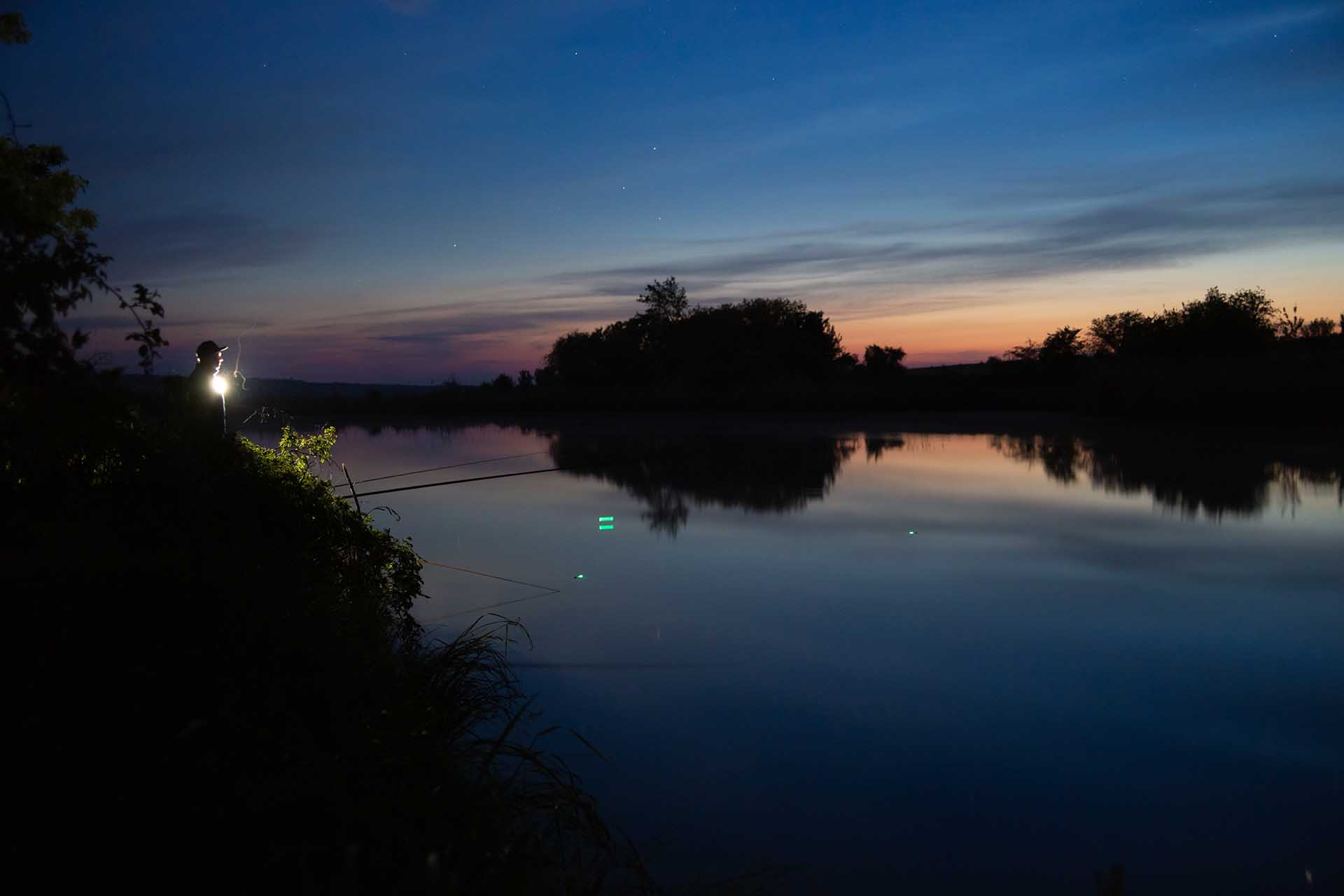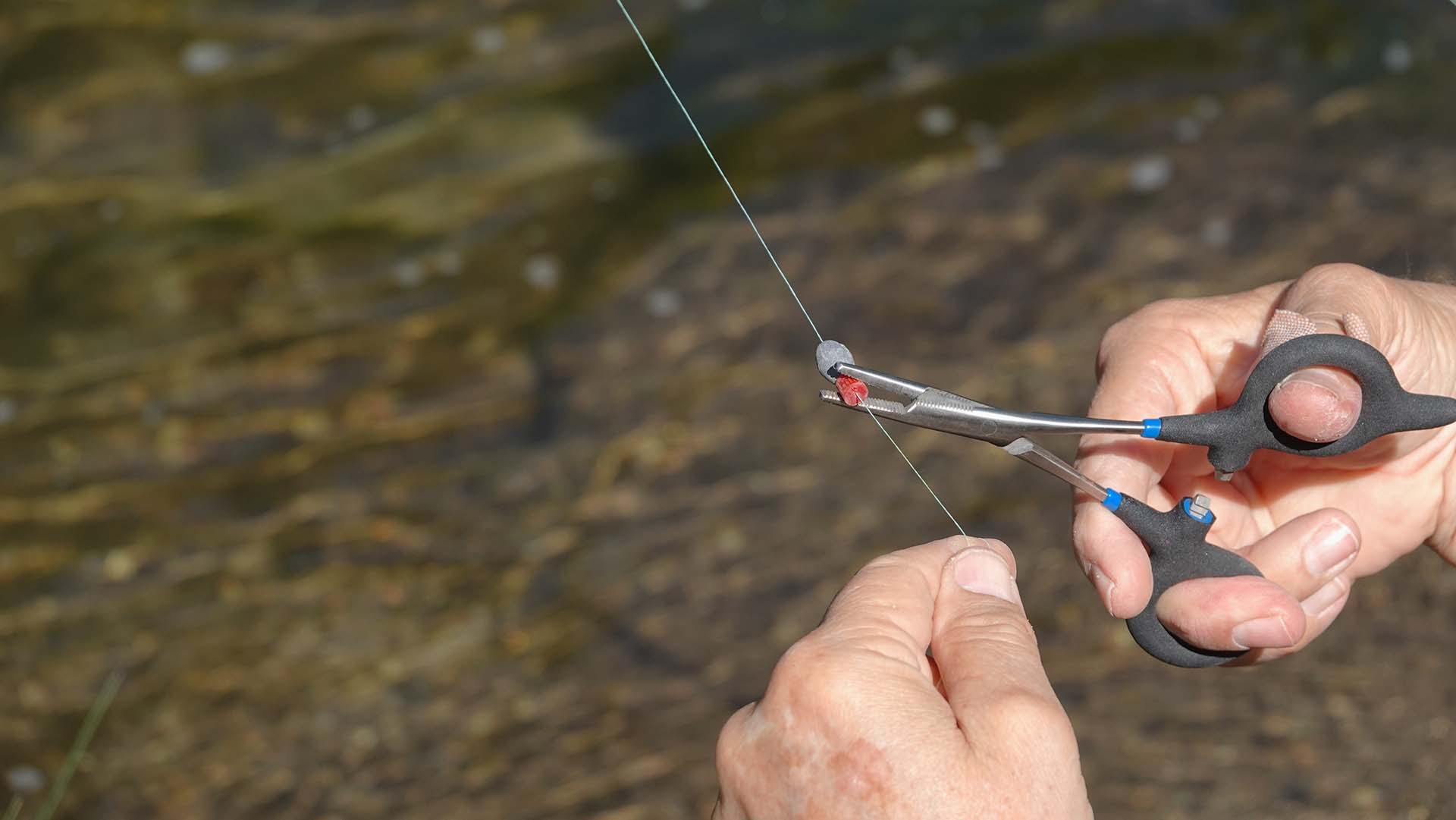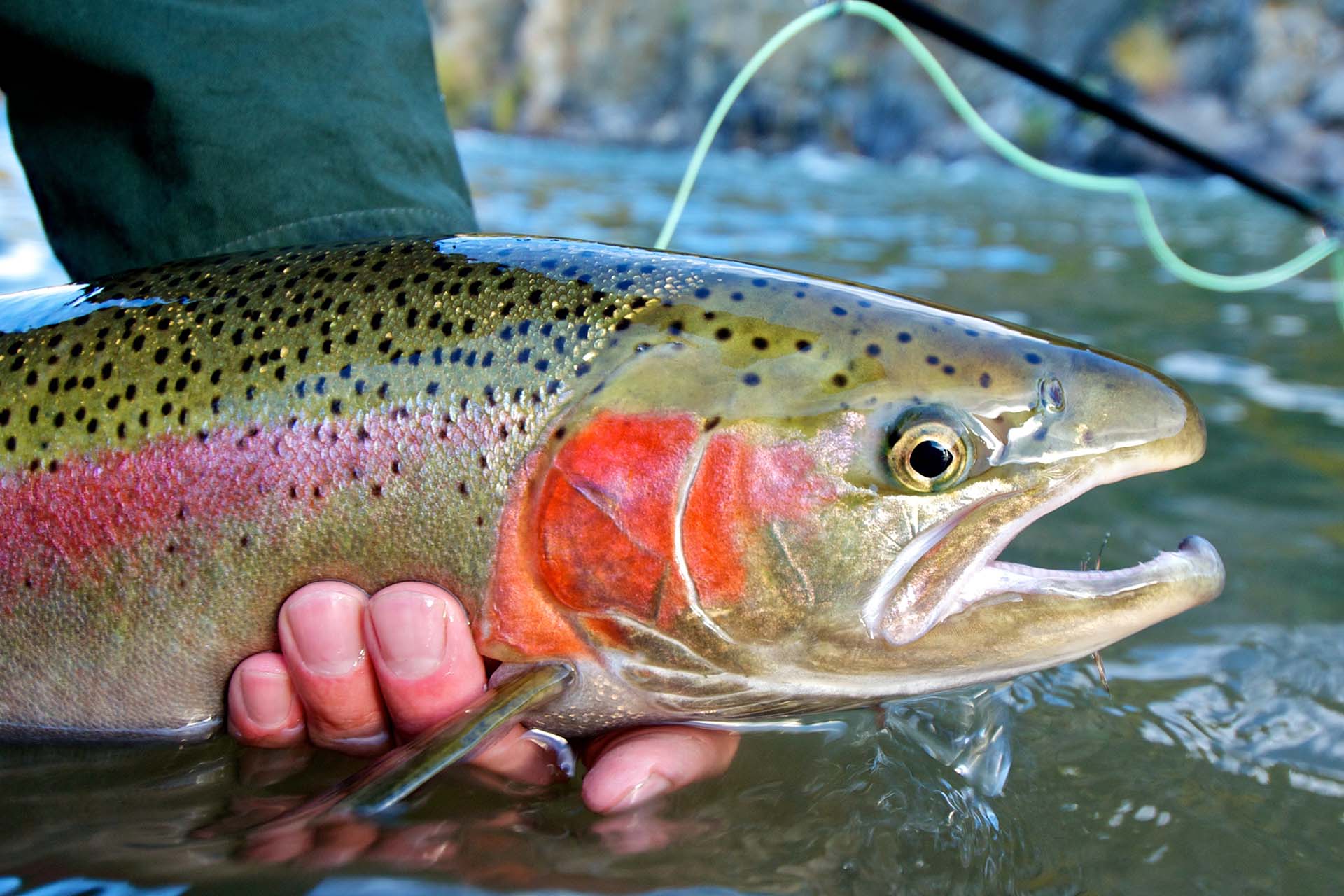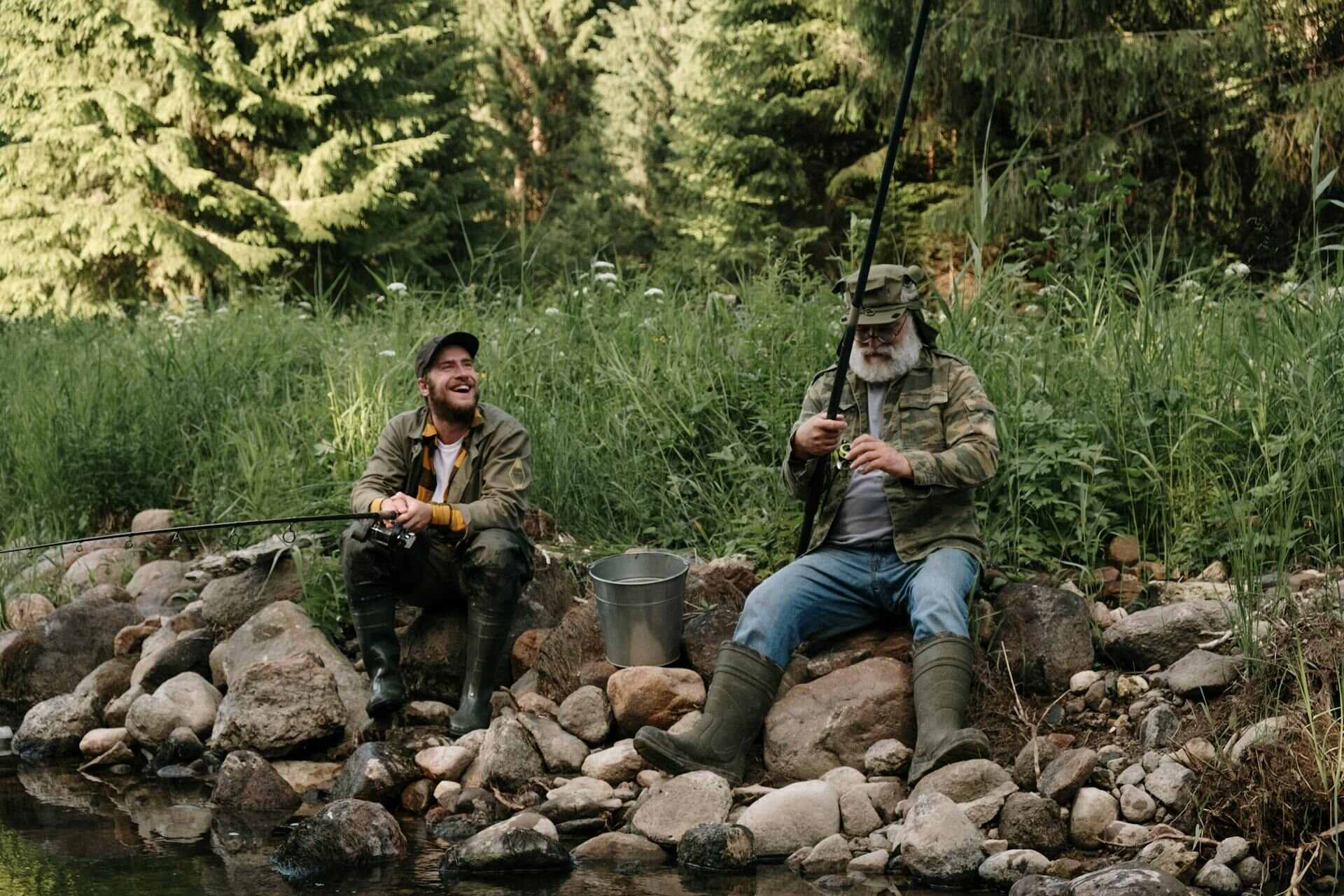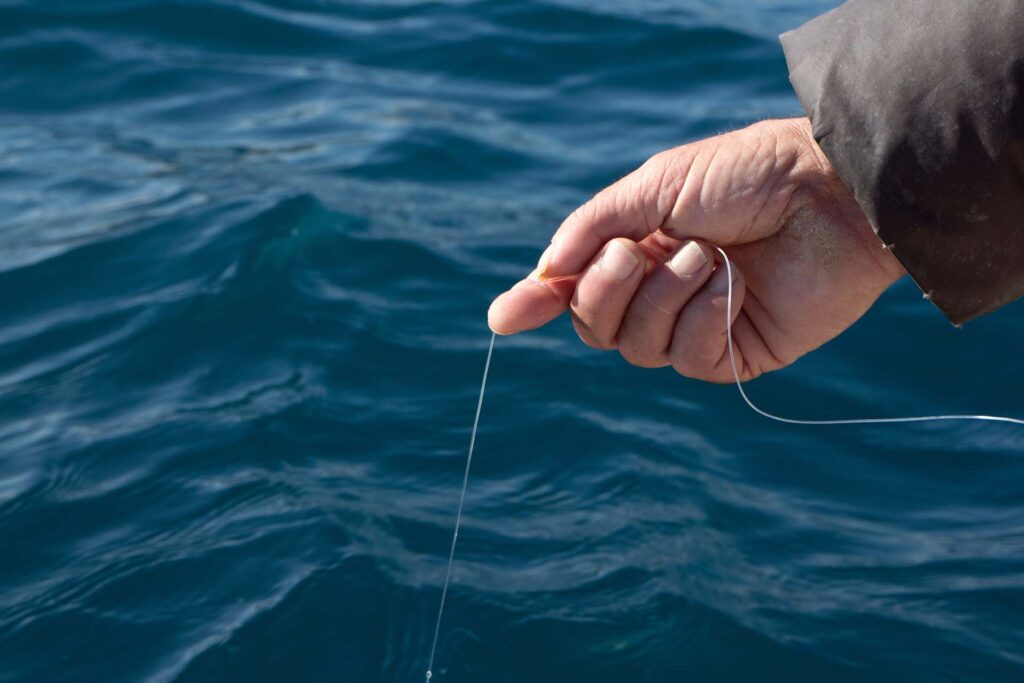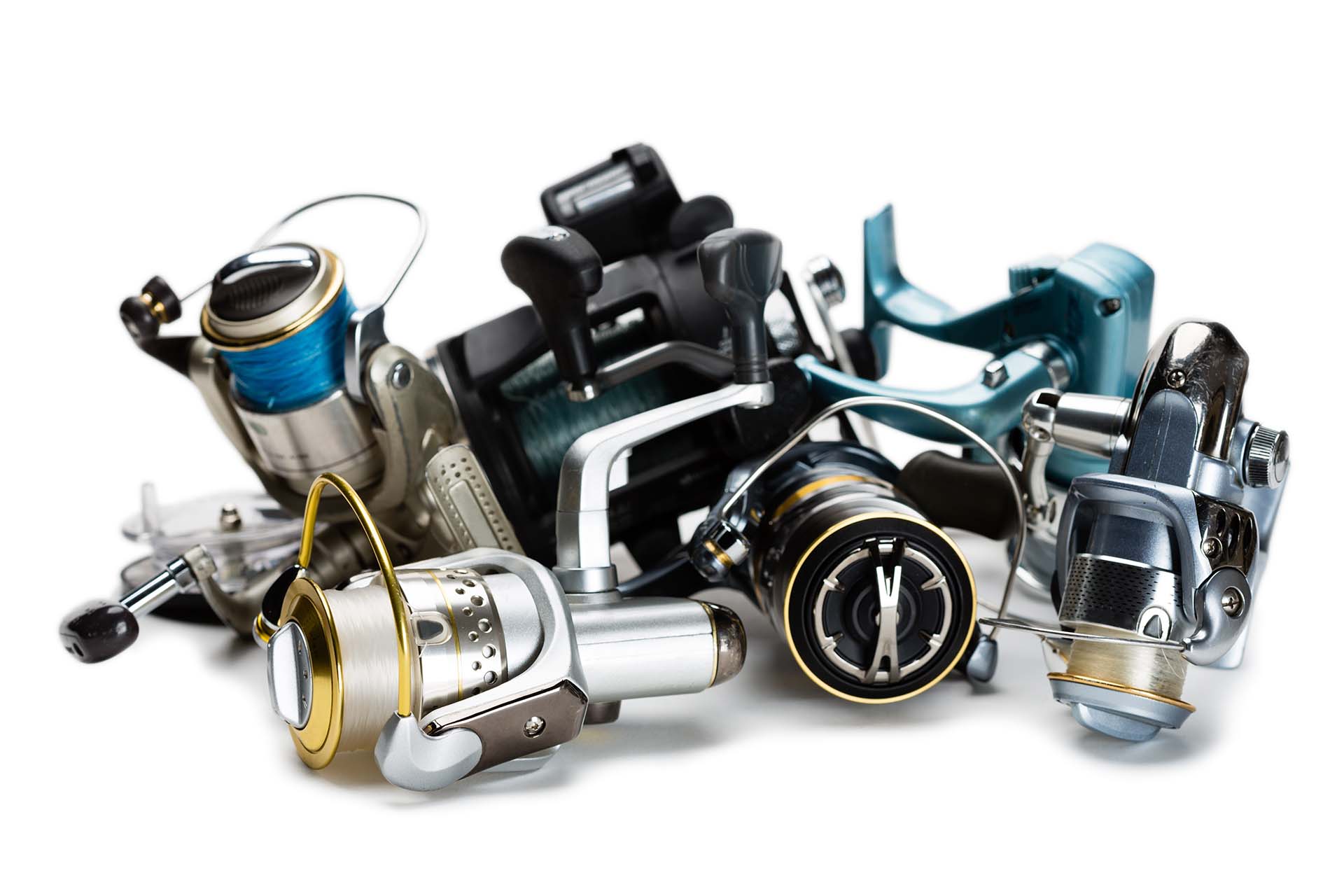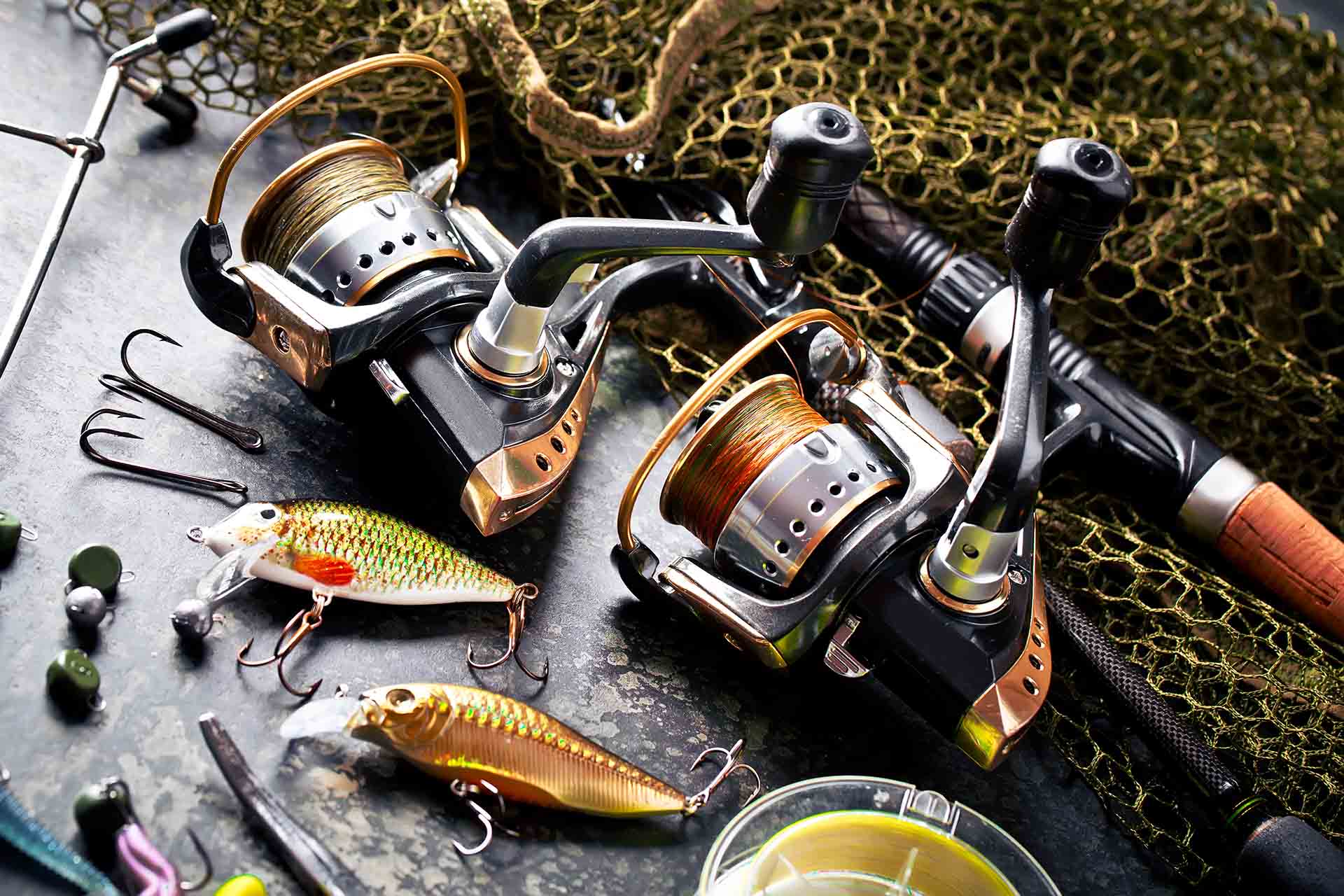Many anglers find bottom fishing interesting and exciting because it opens up a whole new world of opportunities. Unlike other fishing methods that focus on the surface or mid-water, bottom fishing allows you to tap into a rich ecosystem of fish that are often overlooked. It’s also a more relaxed way of fishing, where patience and persistence are key.
In this blog, we’ll dive into the pros and cons of bottom fishing so you can decide whether it’s right for you. Plus, I’ll give you a simple guide on how to do it, from selecting the right gear to finding the best spots.
What Is Bottom Fishing?
Bottom fishing is pretty much what it sounds like – it’s a fishing technique where you drop your baited hook all the way down to the bottom of a body of water. The goal is to catch fish that live near the ocean floor or at greater depths, like species that hang out around rocks, wrecks, or reefs. It’s a great way to target fish that you might not catch with other methods like surface or fly fishing.
Some of the most common types of fish you can catch with this technique include snapper, flounder, cod, groupers, and halibut. These fish are often found deeper in the water, where they feed on smaller fish and crustaceans. If you’re looking for something big and strong, this style might just be the way to go.
Pros of Bottom Fishing
When I first tried bottom fishing, I was hooked (pun intended) by how many great benefits it offers. Sure, it’s not always the fastest way to catch fish, but it comes with a lot of perks that make it worth the wait.
From the thrill of pulling in larger fish to the fact that it gives you access to species you might not find closer to the surface, this is an exciting and rewarding method. Plus, it’s a more laid-back experience, perfect for those of us who enjoy fishing without the hustle and bustle of a crowded fishing spot. Let’s dive into the main advantages of bottom fishing!
Access to Deep-Water Species
One of the biggest advantages of bottom fishing is the ability to target a wide range of species that live in deeper waters. While surface fishing might only bring in fish from the top few feet, bottom fishing lets you reach the fish that dwell near the ocean floor or in deeper sections of lakes and rivers. Species like snapper, cod, halibut, and groupers thrive in these deeper spots, where they feed on smaller fish, crabs, and other marine life. It opens up a whole new world for anglers who want to fish beyond the shallows.
Effective for Catching Larger Fish
Bottom fishing is often a go-to method for landing bigger fish. Fish that live on the bottom, like halibut and grouper, tend to grow larger than their surface-dwelling cousins. Because these fish are accustomed to living in deeper, often less disturbed waters, they tend to be stronger and more resilient, making them an exciting challenge for anglers. If you’re after that trophy fish, bottom fishing is definitely worth considering.
Less Competition
Compared to surface fishing or other popular methods, bottom fishing usually means less competition. Many anglers focus on fishing the surface or mid-water areas, so the bottom tends to get a little overlooked. This gives you an edge when targeting species that are not as commonly fished for. It’s a quieter, more peaceful way to fish, and you’re often sharing the waters with fewer people, which means more chances to hook something special.
Relaxed and Enjoyable
If you’re someone who prefers a slower-paced, laid-back fishing experience, bottom fishing might just be your thing. Unlike other high-energy methods that require constant movement and attention, this technique allows you to take your time. Once you’ve dropped your bait and settled in, it’s often just a matter of waiting for the fish to come to you. It’s a calm, meditative way to fish, where you can enjoy the surroundings and just relax while you wait for that tug on the line.
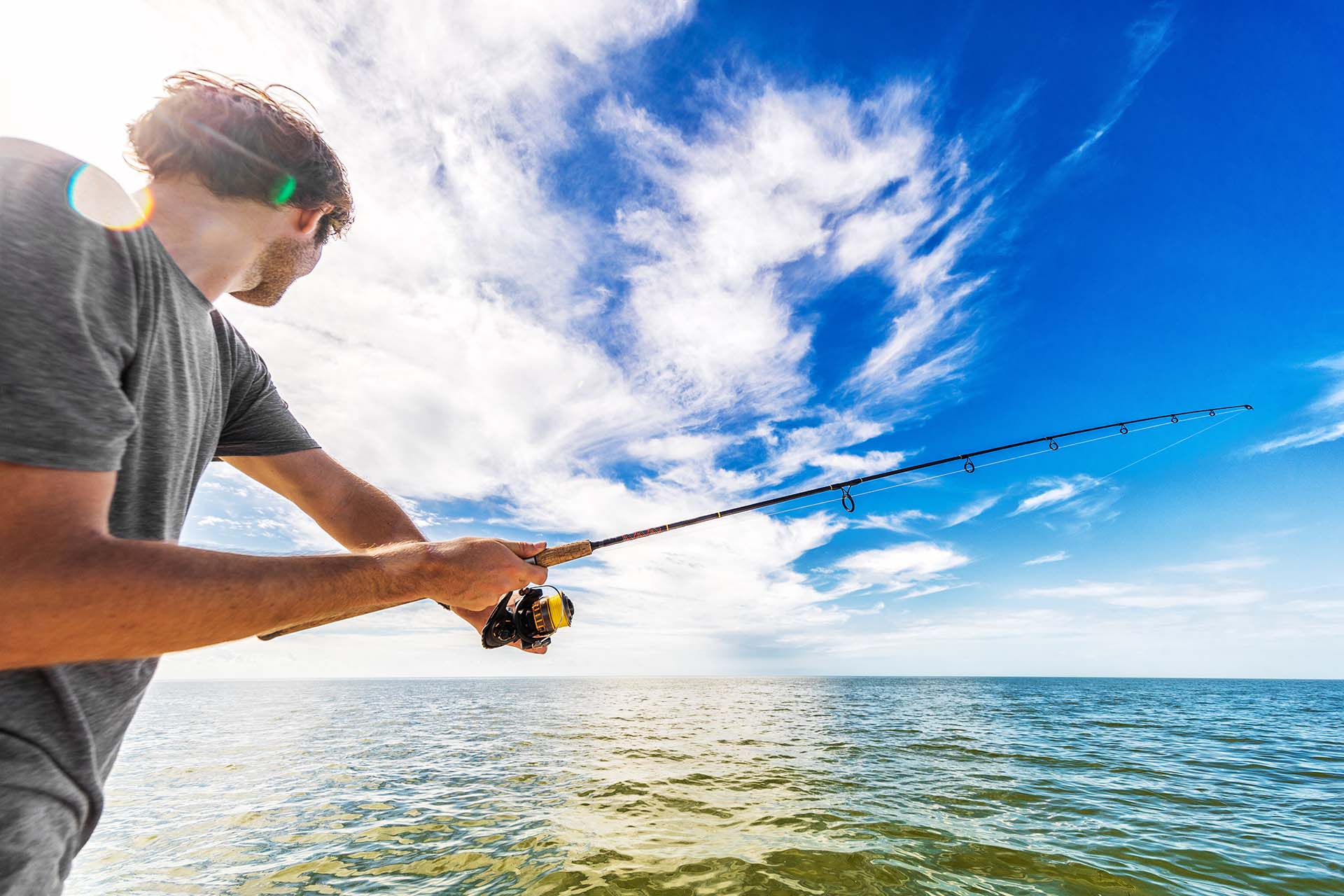
Cons of Bottom Fishing
While bottom fishing has its perks, it’s not without its challenges. The deeper you go, the more obstacles you might face – both in terms of gear and physical effort. When I first started bottom fishing, I quickly realized it wasn’t as easy as tossing a line and waiting for a bite.
The extra gear, physical strain, and potential for losing tackle made me appreciate the method even more, but it also made me more aware of the work that goes into it. So, let’s take a look at the main cons of bottom fishing so you know what you’re getting into before you head out!
Requires More Gear
Unlike surface fishing, bottom fishing requires a bit more equipment. You can’t just grab your regular rod and reel and expect it to handle the job. You’ll need to pick between different bottom fishing rigs. It requires a heavier rod and stronger reel to deal with the tension and bigger fish that often come with bottom fishing. Then, there’s the heavier line and sinkers to get your bait all the way down.
If you’re fishing at deeper depths, a fish finder can also be a handy tool to help locate fish, which just adds another layer to your gear setup. Compared to surface fishing, it definitely means more to lug around, and it can feel a bit like over-preparing at times.
Can Be Physically Demanding
Fishing at greater depths isn’t just tough on your gear; it can take a toll on you, too. You’re often pulling against the current or wind, and if you’re trying to reel in larger fish from the bottom, it can be quite a workout. Even just waiting for a bite takes patience and focus.
Risk of Snags and Lost Tackle
Bottom fishing comes with its fair share of risks when it comes to losing tackle. The bottom of the water can be full of hidden rocks, reefs, and wrecks, all of which can easily snag your line. I’ve had plenty of moments where I thought I was about to land a big catch, only to lose it when the line got tangled on something underwater. That means more time spent untangling or replacing gear, which can be frustrating.
Limited to Specific Locations
Bottom fishing is best in areas where the depth and underwater structure are just right. You’ll often be fishing around reefs, wrecks, or deep channels – places where fish like to hang out. But these spots aren’t everywhere, and that can limit where you fish. If you’re out in the open water or in shallow areas, bottom fishing might not be your best bet. Plus, depending on where you are, certain areas might be restricted due to fishing regulations.
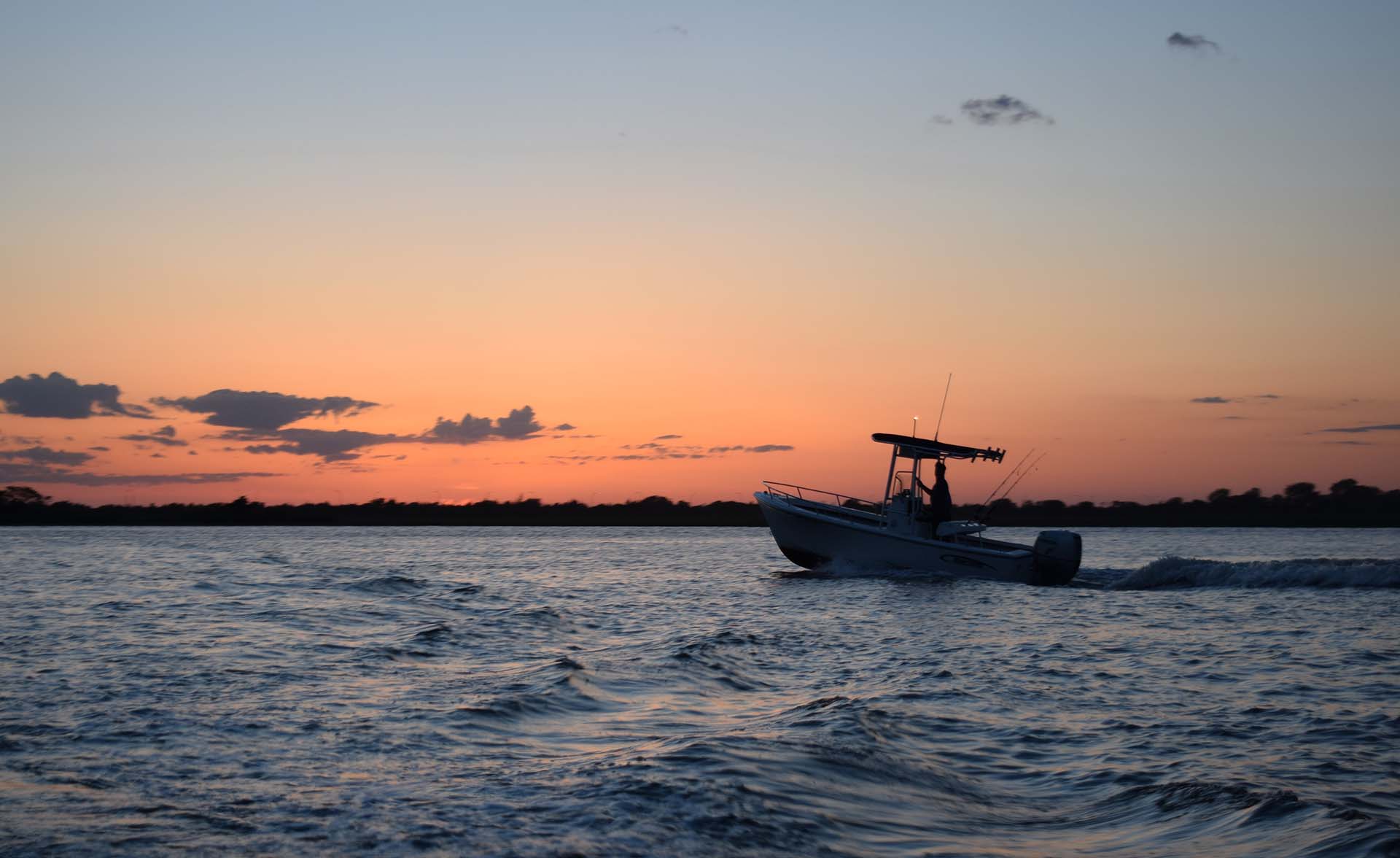
How to Bottom Fish – Step-By-Step Guide
Bottom fishing might seem a little intimidating at first, but trust me, it’s easier than it looks – and way more rewarding once you get the hang of it. Whether you’re after a big grouper or just looking to spend a chill day on the water, this step-by-step guide will have you fishing like a pro in no time.
Step 1: Gear Up
First things first – make sure you’ve got the right tools. Go for a sturdy rod and heavy-duty reel that can handle bigger fish. Use a braided or monofilament line, depending on your preference, and don’t forget those sinkers to get your bait to the bottom. A fish finder? Totally optional but super handy.
Step 2: Choosing the Right Bait
Fish on the bottom aren’t picky, but they love the good stuff. Think live bait like shrimp, squid, or minnows. If you’re using artificial lures, go for jigs or soft plastics that mimic the real deal. Match the bait to the fish species, and you’re golden.
Step 3: Finding the Right Spot
Not all waters are created equal. Look for reefs, wrecks, or deep channels – these are prime real estate for bottom-dwelling fish. If you’re on a flat-bottom fishing boat, a fish finder can make scouting easy. Shore fishing? Aim for rocky or structured areas.
Step 4: Techniques for Successful Bottom Fishing
Keep it simple: drop your bait, let it sink, and wait. For extra finesse, try drop-shotting or using a Carolina rig to keep your bait just off the bottom. Add some weights to keep your line steady, and you’re in business.
Step 5: Catching and Handling Fish
Got a bite? Reel in steadily, and don’t rush – these fish can be strong! Use a net to bring them aboard safely. Handle your catch gently, especially if it’s a catch-and-release situation. And hey, don’t forget to snap a photo of your prize!
Tips for Successful Angling
Bottom fishing is as much about strategy and preparation as it is about patience. While it’s a relatively simple technique, a few key tips can make a world of difference in how enjoyable and successful your trip turns out. From using modern tools to staying safe on the water, here are some tried-and-true ways to maximize your experience:
- Use fish finders: Technology is your friend! A fish finder can help you locate underwater structures and pinpoint where the fish are hanging out, saving you time and guesswork.
- Patience and persistence: This style isn’t always fast-paced. Be ready to wait, stay alert, and keep trying – sometimes, the biggest catches come to those who stick it out.
- Safety first: If you’re venturing into deeper waters, always prioritize safety. Wear a life jacket, keep your gear organized, and make sure someone knows where you’re at. It’s better to be over-prepared than caught off guard!
With a little practice and the right gear, you can enjoy a smoother experience!
How to Prevent Fishing Hooks From Snagging on the Bottom
If you prevent a hook from snagging on the bottom, it can make your trip much smoother and less frustrating. You should start by using a weedless rig, like a Carolina or Texas rig, which keeps the hook protected from rocks and vegetation. Fishing just above the bottom with a bobber or a float rig can also help, as can using a lighter sinker that touches the bottom lightly without dragging.
Next, choose open, sandy, or muddy areas instead of spots with heavy vegetation or debris, and consider breakaway sinkers that detach if they get stuck. When retrieving your line, avoid yanking if you feel resistance – instead, gently move your rod to free the hook without lodging it deeper.
Circle hooks, with their rounded design, are another great option for avoiding snags while still being effective. Lastly, use a lift-and-drop technique when retrieving to guide your line smoothly over obstacles.
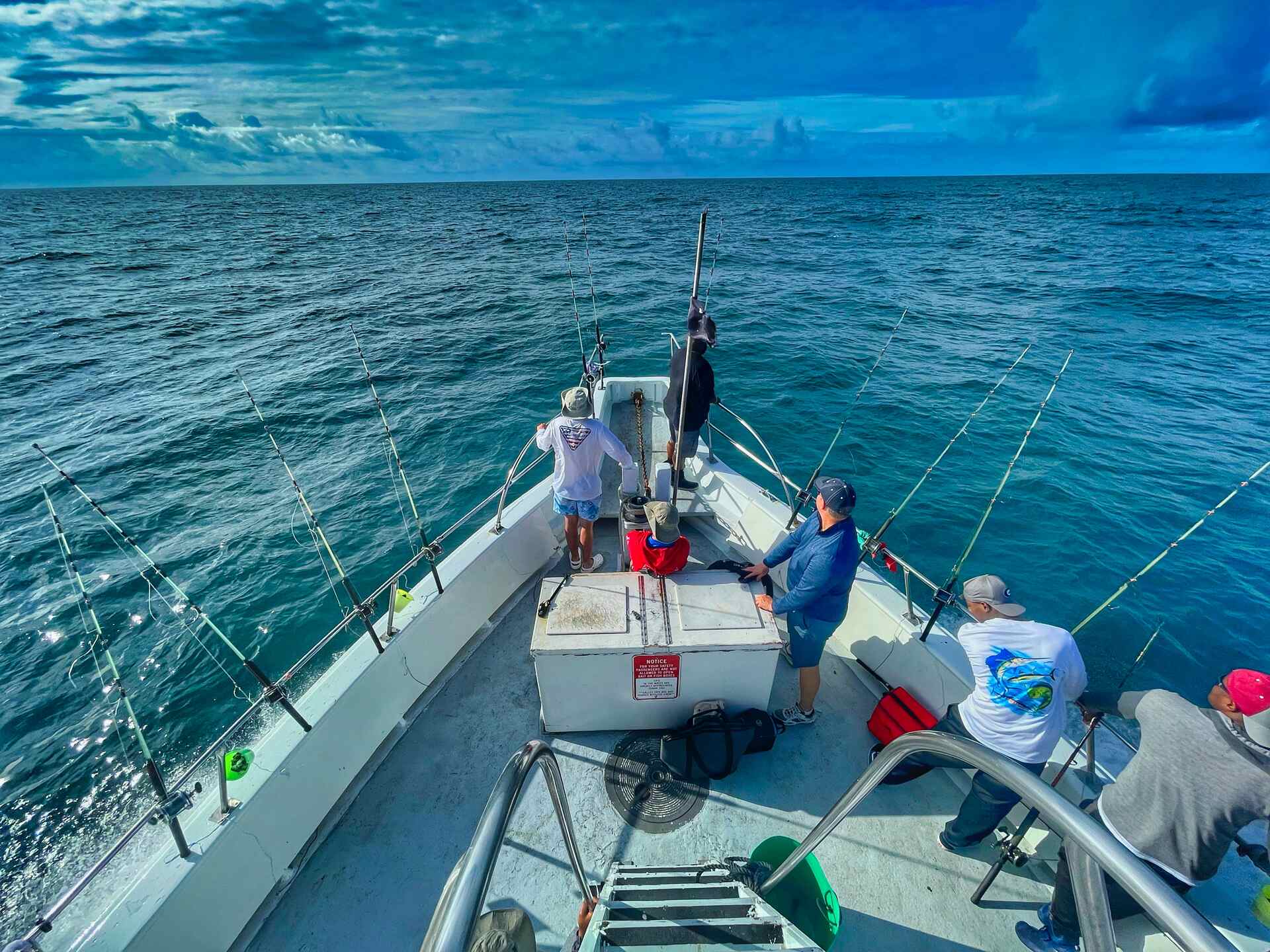
Wrapping It Up – Dive Into Bottom Fishing
Angling is an exciting and rewarding way to connect with the underwater world. From targeting deep-water species and using specialized techniques to overcoming challenges like snags and extra gear, this method offers a unique experience for anglers of all levels.
With the right equipment, a bit of patience, and a willingness to learn, you’ll be reeling in impressive catches in no time. So grab your gear, head to your favorite fishing spot, and give bottom fishing a try – you might just discover your new favorite way to fish!

